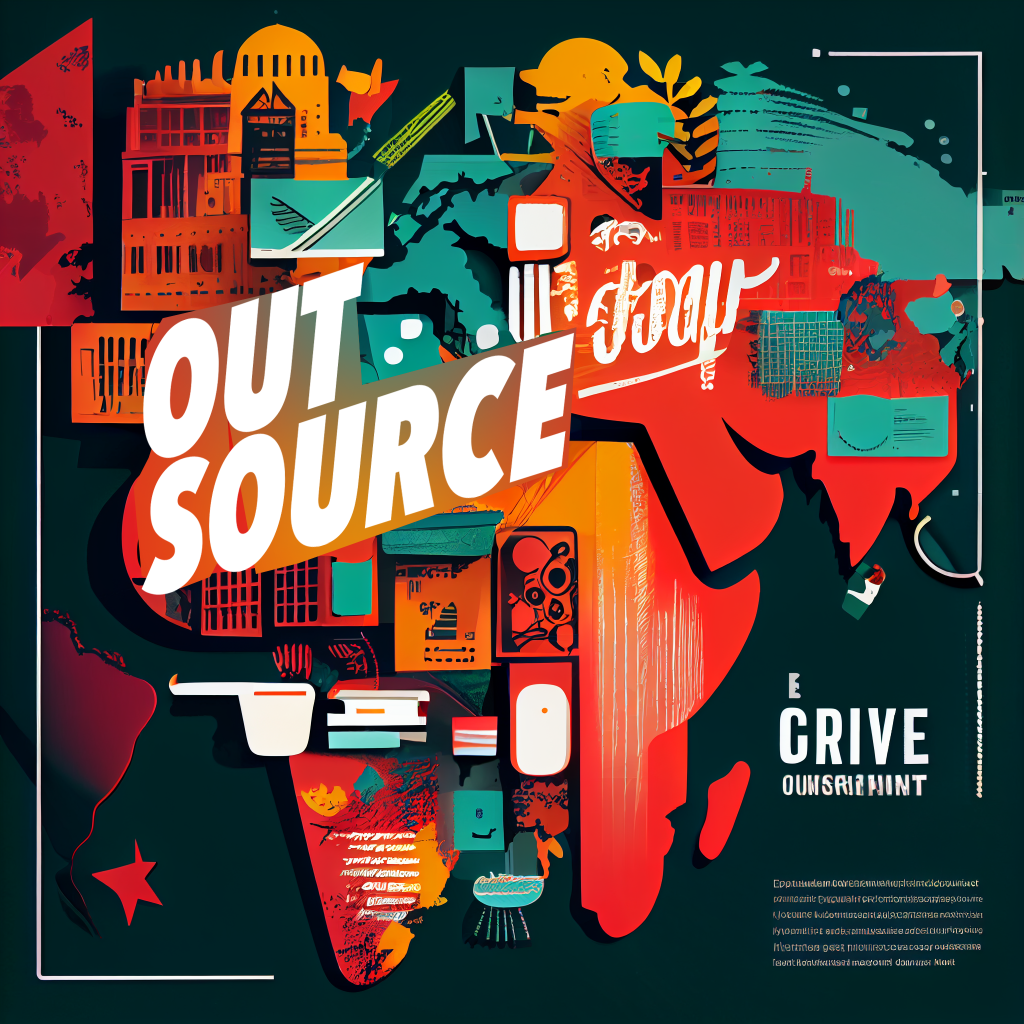The fact is that great user interfaces are the ones that are made to stay out of the way, and ‘Staying out of the way’ means not distracting your users. Rather, good UIs let your users do things. The result? A reduction in training and support costs, and happier, better satisfied and more engaged users.
As with any branding effort, there are some best practices for creating an user interface that brings best results.
1. Know your user
“Obsess over customers: when given the choice between obsessing over competitors or customers, always obsess over customers. Start with customers and work backward.” – Jeff Bezos
Your user’s goals are your goals, so learn them. Restate them, repeat them. Then, learn about your user’s skills and experience, and what they need. Find out what interfaces they like and sit down and watch how they use them. Do not get carried away trying to keep up with the competition by mimicking trendy design styles or adding new features. By focusing on your user first, you will be able to create an interface that lets them achieve their goals.

2. Pay attention to patterns
Users spend the majority of their time on interfaces other than your own (Facebook, MySpace, Blogger, Bank of America, school/university, news websites, etc). There is no need to reinvent the wheel. Those interfaces may solve some of the same problems that users perceive within the one you are creating. By using familiar UI patterns, you will help your users feel at home.
3. Stay consistent
“The more users’ expectations prove right, the more they will feel in control of the system and the more they will like it.” – Jakob Nielson
Your users need consistency. They need to know that once they learn to do something, they will be able to do it again. Language, layout, and design are just a few interface elements that need consistency. A consistent interface enables your users to have a better understanding of how things will work, increasing their efficiency.

4. Use visual hierarchy
“Designers can create normalcy out of chaos; they can clearly communicate ideas through the organizing and manipulating of words and pictures.” – Jeffery Veen, The Art and Science of Web Design
Design your interface in a way that allows the user to focus on what is most important. The size, color, and placement of each element work together, creating a clear path to understanding your interface. A clear hierarchy will go great lengths in reducing the appearance of complexity (even when the actions themselves are complex).

5. Provide feedback
Your interface should at all times speak to your user, when his/her actions are both right and wrong or misunderstood. Always inform your users of actions, changes in state and errors, or exceptions that occur. Visual cues or simple messaging can show the user whether his or her actions have led to the expected result.
Screenshot of BantamLive’s interface showing that it provides feedback with a loading action
BantamLive provides inline loading indicators for most actions within their interface.
6. BE FORGIVING
No matter how clear your design is, people will make mistakes. Your UI should allow for and tolerate user error. Design ways for users to undo actions, and be forgiving with varied inputs (no one likes to start over because he/she put in the wrong birth date format). Also, if the user does cause an error, use your messaging as a teachable situation by showing what action was wrong, and ensure that she/he knows how to prevent the error from occurring again.
A great example can be seen in How to increase signups with easier captchas.

7. Empower your user
Once a user has become experienced with your interface, reward him/her and take off the training wheels. The breakdown of complex tasks into simple steps will become cumbersome and distracting. Providing more abstract ways, like keyboard shortcuts, to accomplish tasks will allow your design to get out of the way.
8. Speak their language
“If you think every pixel, every icon, every typeface matters, then you also need to believe every letter matters. ” – Getting Real
All interfaces require some level of copywriting. Keep things conversational, not sensational. Provide clear and concise labels for actions and keep your messaging simple. Your users will appreciate it, because they won’t hear you – they will hear themselves and/or their peers.

9. Keep it simple
“A modern paradox is that it’s simpler to create complex interfaces because it’s so complex to simplify them.” – Pär Almqvist
The best interface designs are invisible. They do not contain UI-bling or unnecessary elements. Instead, the necessary elements are succinct and make sense. Whenever you are thinking about adding a new feature or element to your interface, ask the question, “Does the user really need this?” or “Why does the user want this very clever animated gif?” Are you adding things because you like or want them? Never let your UI ego steal the show.
10. Keep moving forward
Grandpa Bud: If I gave up every time I failed, I would never have invented my fireproof pants!
[Pants burn up, revealing his underwear]
Grandpa Bud: Still working the kinks out a bit.
from Meet the Robinsons
Meet the Robinsons is one of my all time favorite movies. Throughout the movie Lewis, the protagonist, is challenged to “keep moving forward.” This is a key principle in UI design.It is often said when developing interfaces that you need to fail fast, and iterate often. When creating a UI, you will make mistakes. Just keep moving forward, and remember to keep your UI out of the way.































